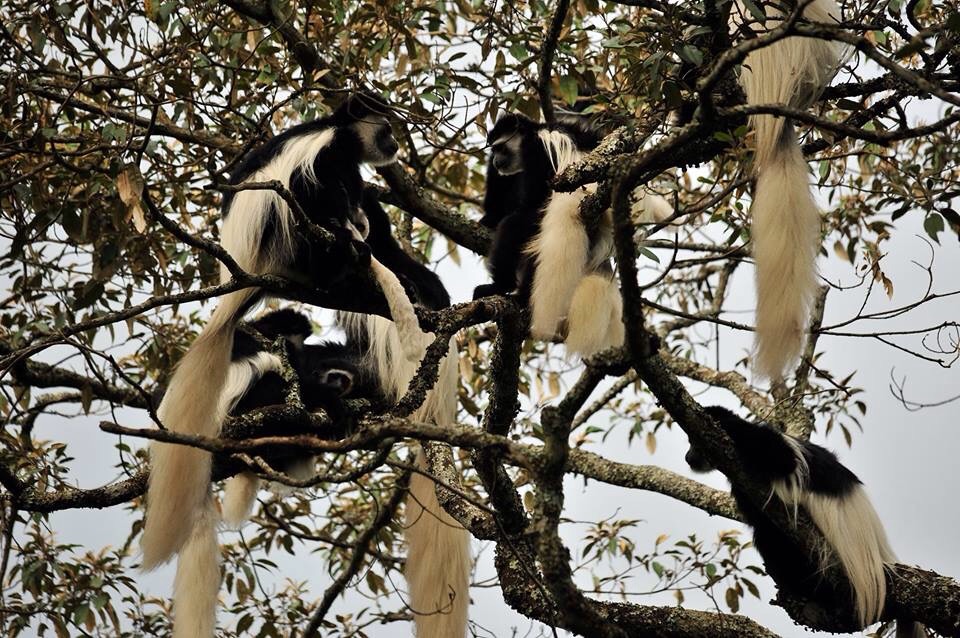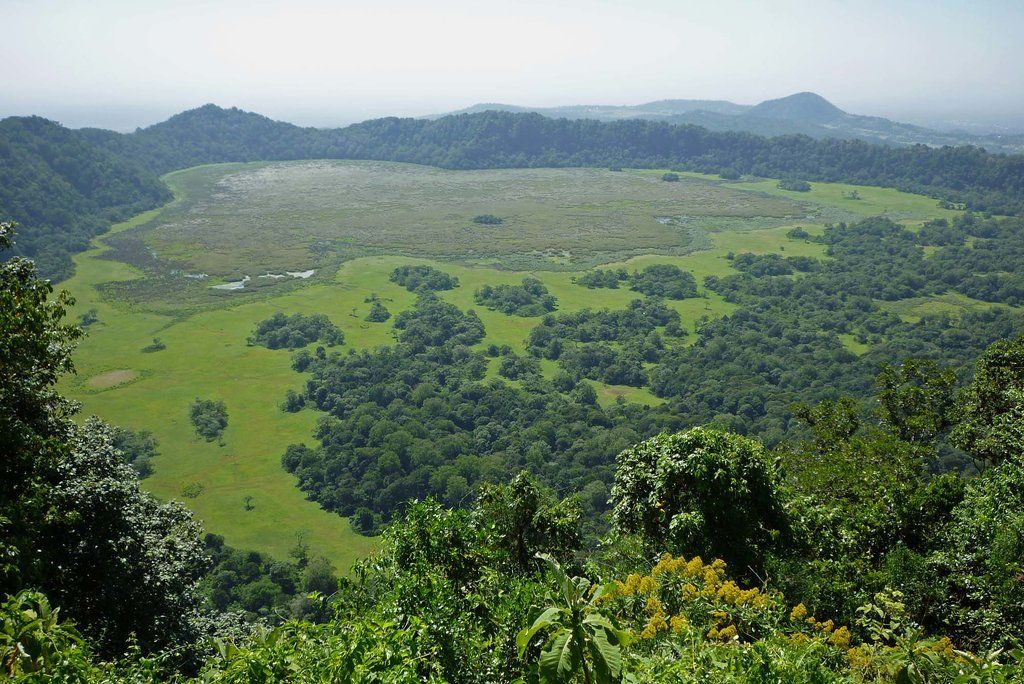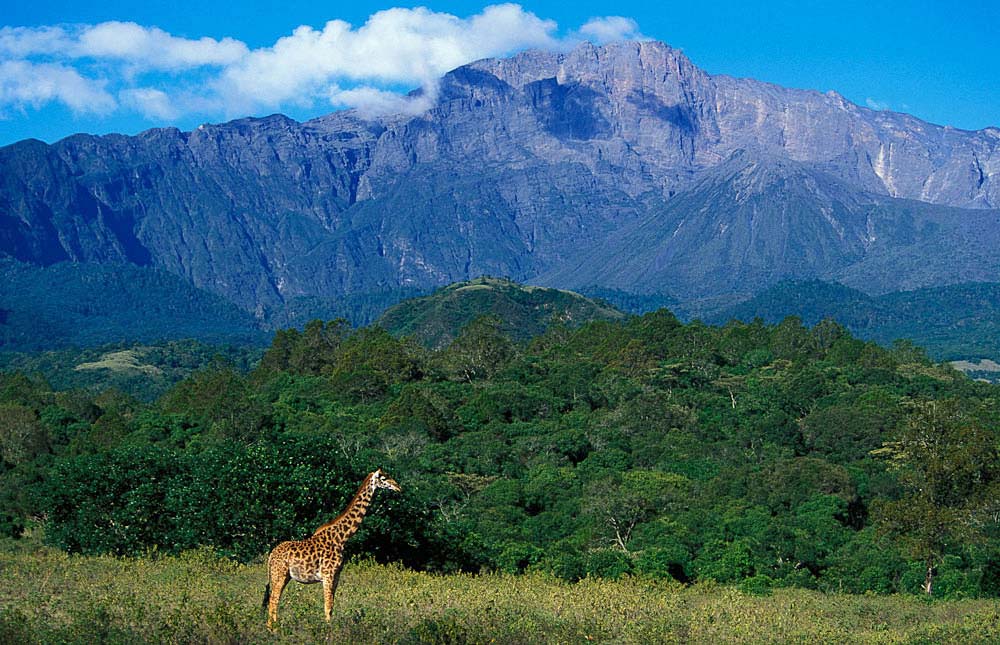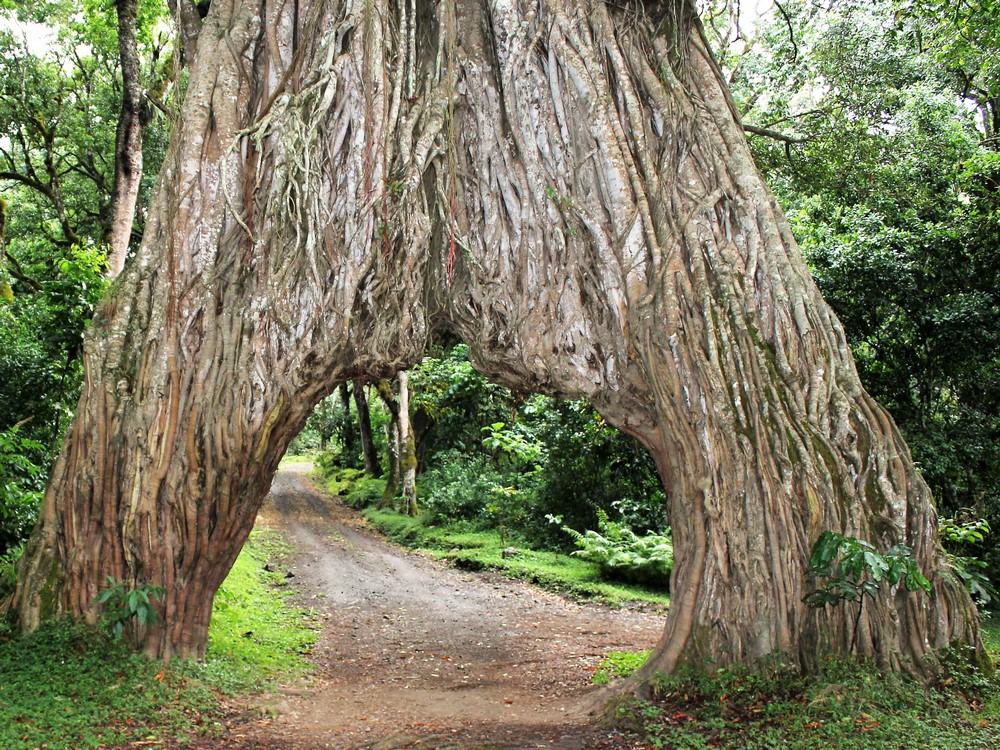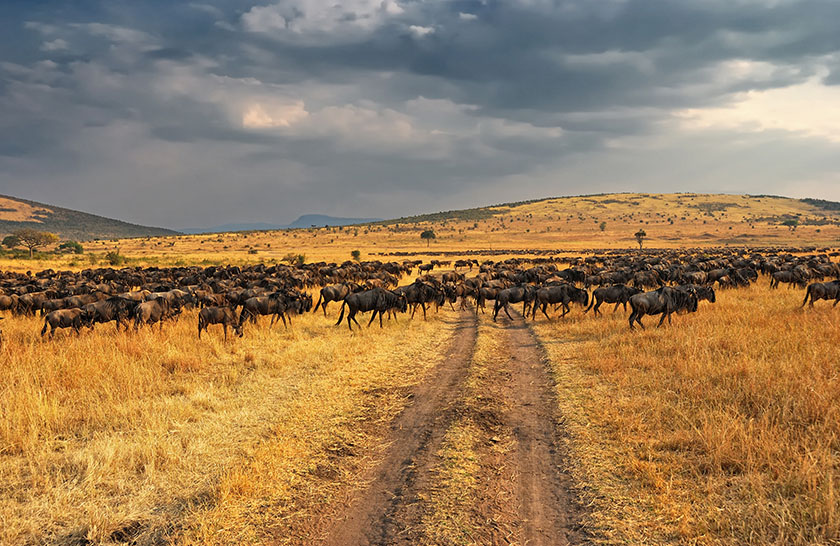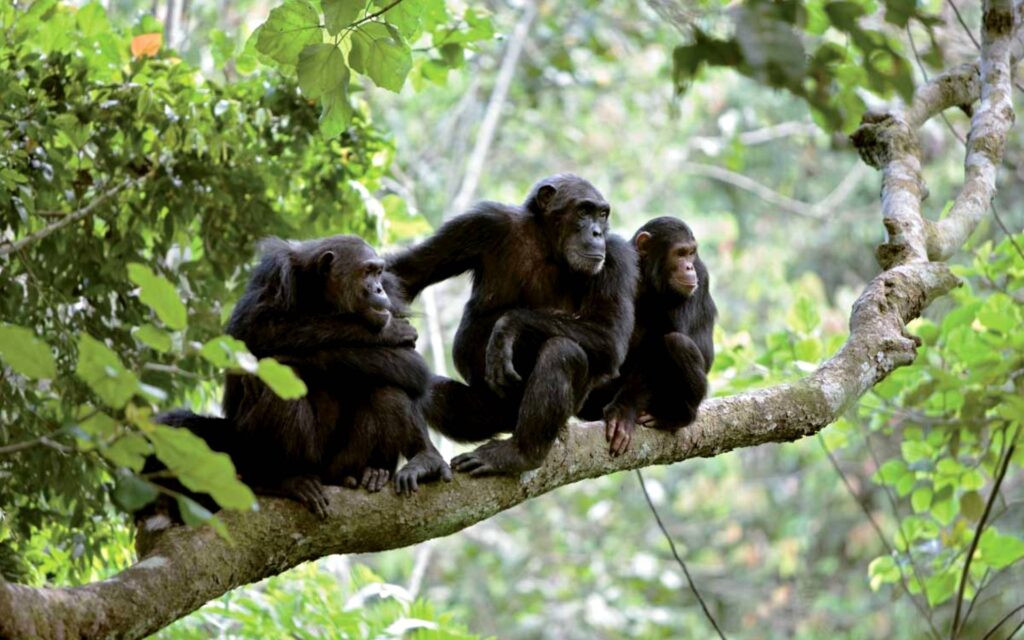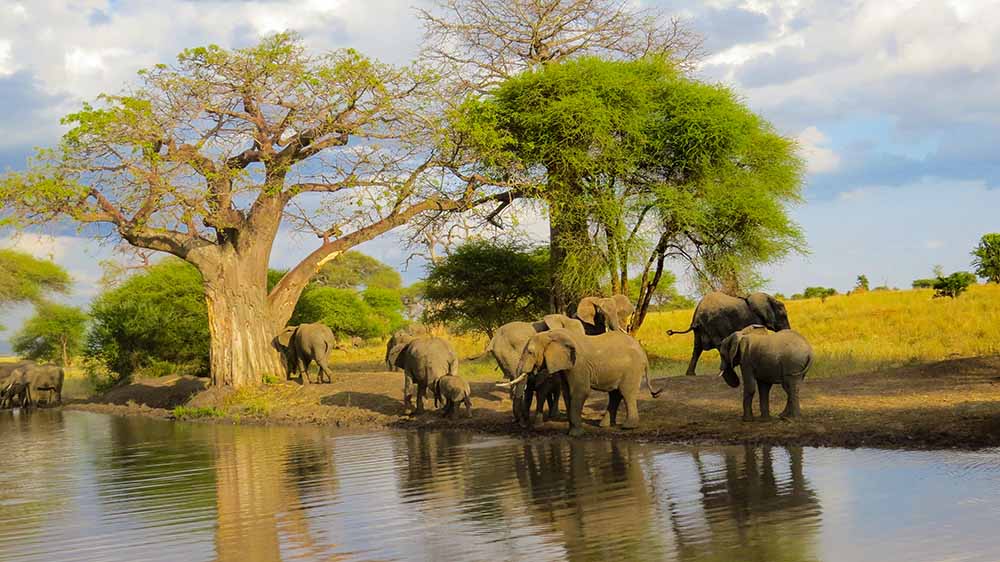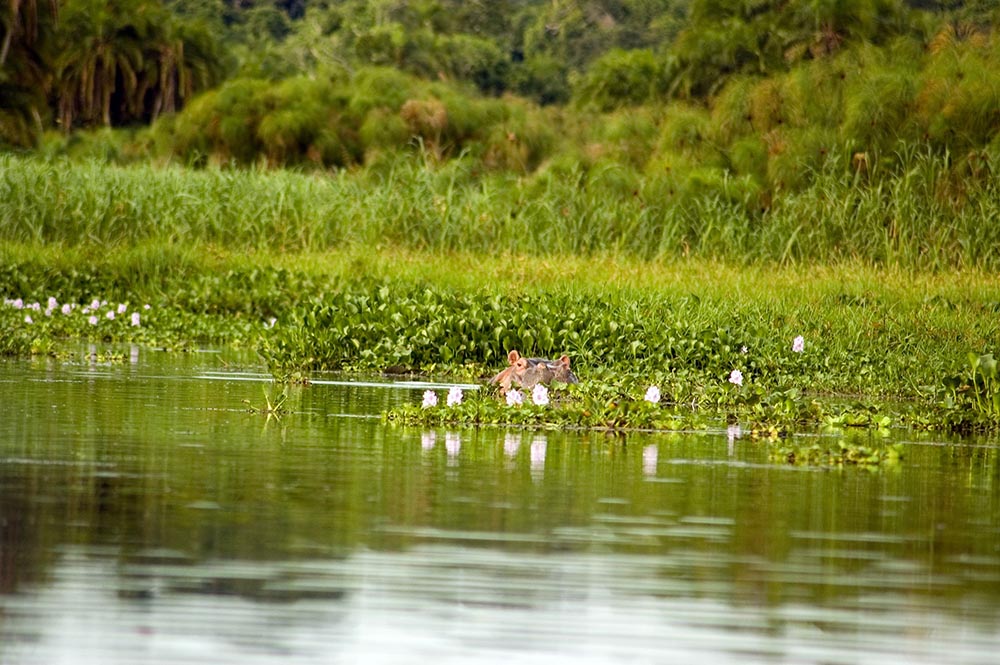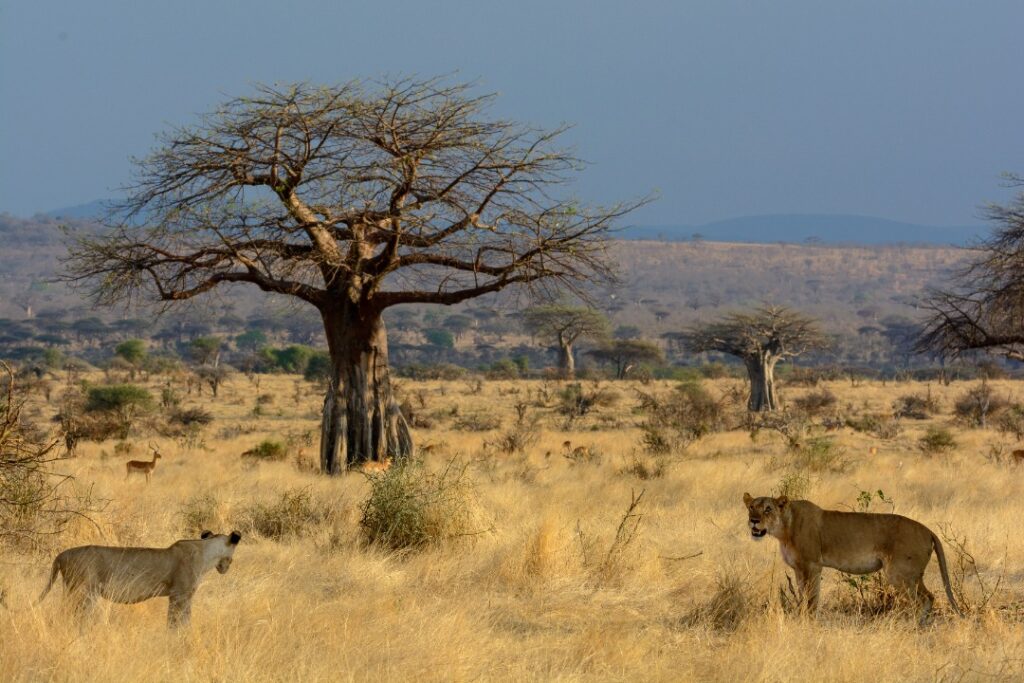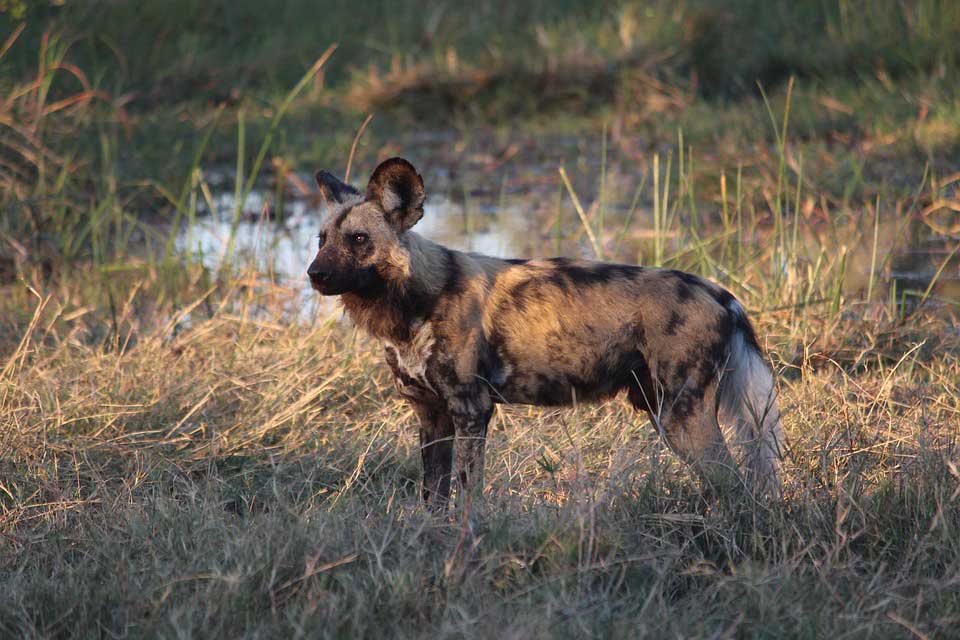Arushha National Park
Overview
Just a short drive from Arusha town, Arusha National Park offers a perfect introduction to Tanzania’s natural wonders. Though smaller than iconic parks like Serengeti or Ngorongoro, it delivers extraordinary diversity in landscapes and wildlife — all within a single day’s visit.
The park is nestled at the base of Mount Meru, Africa’s fifth-highest peak and a favorite for climbers seeking a quieter trekking experience than Kilimanjaro. Visitors can expect a dramatic range of scenery, from misty montane forests and grassy hills to sparkling alkaline lakes, most notably the Momella Lakes, where flocks of pink flamingos gather.
While Arusha National Park doesn’t host the Big Five, its peaceful setting and subtle wildlife encounters offer a more intimate experience. Look out for black-and-white colobus monkeys, bushbucks, giraffes, zebras, and with luck, even a leopard or hyena.
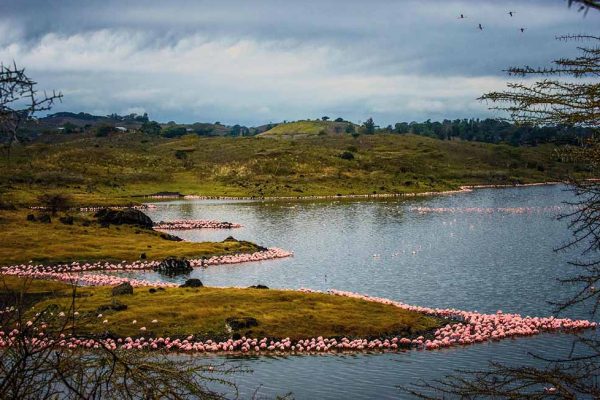
Park Highlights
Mount Meru: Tanzania’s second-highest mountain, offering scenic views and excellent trekking for those seeking a quieter climb than Kilimanjaro.
Ngurdoto Crater: Known as the “Little Ngorongoro,” this lush volcanic crater is home to buffalo, warthogs, and monkeys.
Momella Lakes: A chain of alkaline lakes famous for their pink flamingos and diverse birdlife.
Montane Forest: A haven for black-and-white colobus monkeys, bushbucks, and blue monkeys.
No Big Cats: While the park lacks lions, its peaceful atmosphere and smaller wildlife make it ideal for walking safaris and photography.
Activities in Arusha
- Game Drives: Spot giraffes, zebras, baboons, and waterbucks in open plains and forested areas.
- Walking Safaris: Explore on foot with a park ranger — a unique opportunity to get close to wildlife in a safe setting.
- Canoeing: Paddle across the calm Momella Lakes for a different perspective on the animals and scenery.
- Trekking Mount Meru: A multi-day climb through varied ecosystems with panoramic views and rich biodiversity.
- Birdwatching: Over 400 bird species, including flamingos, herons, and turacos, await keen birders.
Best Time to Visit
The park is open year-round, but the dry season (June to October) offers the best wildlife viewing and walking conditions. The green season (November to May) is ideal for birdwatching and lush landscapes, though trails may be slippery during peak rains.


